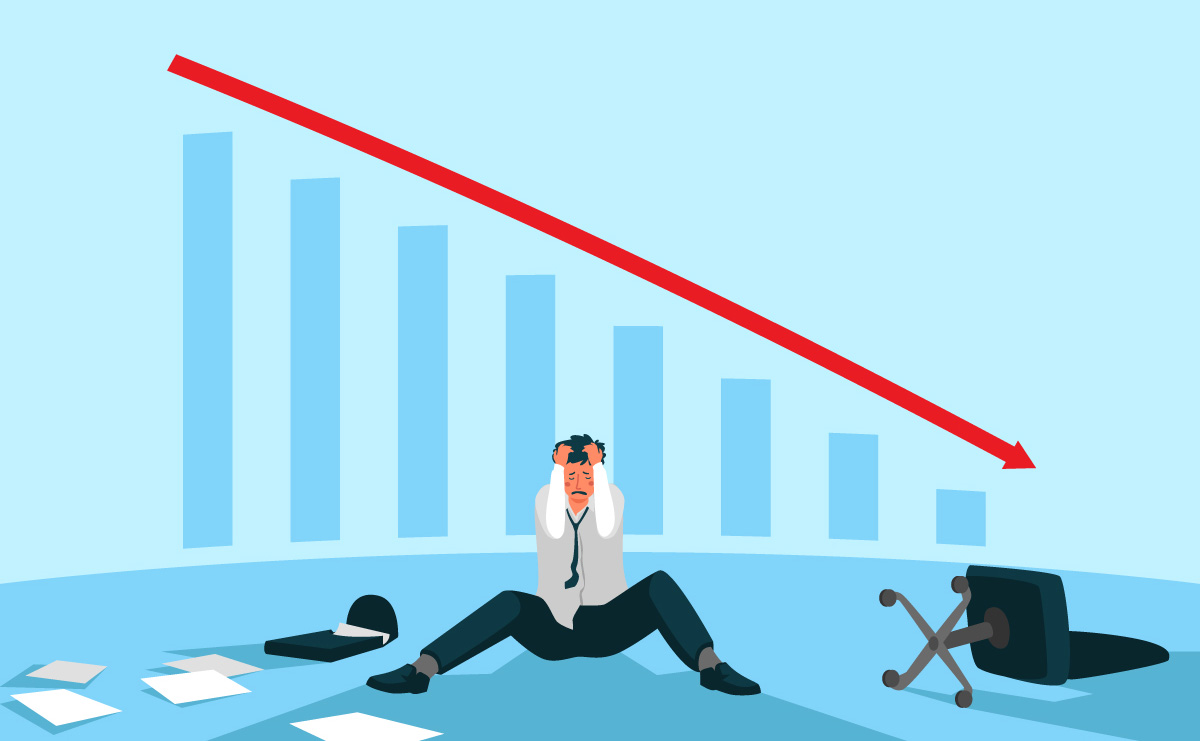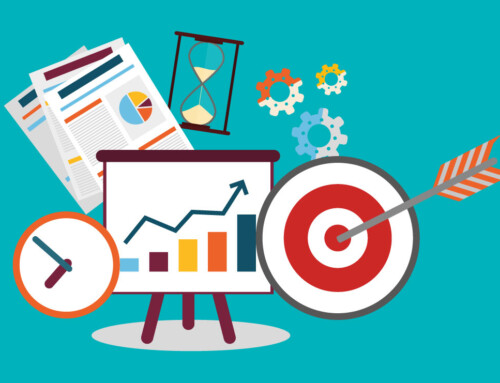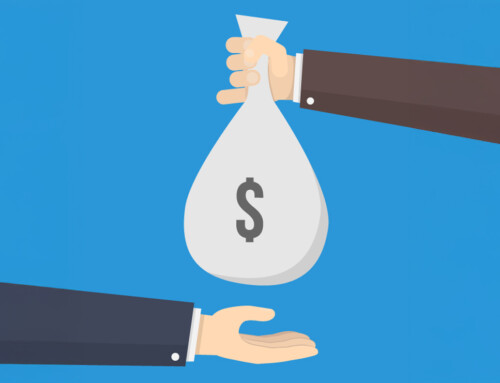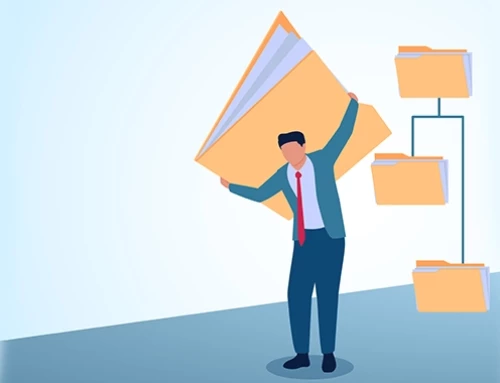Contents
Revenue Leakage Unveiled: How to Spot and Stop It in Your Law Firm
Financial leakage occurs when expenses go unmonitored, leading to unexpected losses that impact a business’s profitability. Revenue leakage is one of those hidden threats that can quietly drain a business’s profits without anyone noticing. It happens when revenue slips through the cracks due to things like inefficiencies, mistakes, or simply missed chances to capture income. Left unchecked, revenue leakage can have a serious impact on a business’s financial health. In this article, we will break down what revenue leakage really is, dig into some common causes, and share practical tips to help you spot it early and plug those leaks before they start affecting your bottom line.
What is Revenue Leakage?
Revenue leakage occurs when a business loses potential income due to inefficiencies, oversight, or unmonitored transactions. This “silent thief” often operates in the background, quietly eroding profits and diminishing financial health. Over time, these unnoticed gaps can aggregate into substantial losses, impacting a company’s bottom line.
Addressing revenue leakage is essential for companies of all sizes to maintain a healthy cash flow and ensure sustained growth. A few missed billing opportunities or unaccounted discounts may seem insignificant at first glance, but when these errors go unchecked, they can accumulate into sizable deficits. Identifying and mitigating revenue leakage can often mean the difference between a profitable quarter and a financial struggle. By proactively addressing these issues, businesses preserve existing revenue streams and create room for additional growth and stability.
Familiar sources of revenue leakage include inefficient billing processes, underutilized resources, unbilled services, discounting practices, and uncollected accounts. These issues often stem from a lack of streamlined processes, insufficient oversight, or inadequate systems to monitor transactions closely. Inefficient billable hours tracking, especially in service-based industries, can also lead to revenue loss when time is misreported or not accounted for.
Moreover, the cumulative impact of revenue leakage affects not just a business’s present financial performance but also its future potential. Companies that consistently monitor and address these areas often see improved profitability, optimizing operational efficiency, and a competitive advantage in their industry. Embracing advanced software solutions, implementing tighter financial controls, and regularly auditing financial processes are some strategies that can significantly reduce revenue leakage, leading to more predictable financial outcomes and a healthier bottom line. Conducting a revenue leakage audit can help a law firm identify areas where profits are being unintentionally lost. Unchecked financial leakage can significantly affect a law firm’s cash flow, emphasizing the need for thorough expense oversight.

Key Statistics on Revenue Leakage
Revenue leakage, the unnoticed loss of earned income due to inefficiencies or errors, poses a significant challenge across various industries. Key statistics highlighting its impact include:
Prevalence: Approximately 42% of companies experience some form of revenue leakage, indicating its widespread nature (Bryllyant)
Financial Impact: Revenue leakage can result in earnings reductions ranging from 1% to 5%, directly affecting profitability. (EY)
Healthcare Sector: In the healthcare industry, revenue leakage is particularly concerning, with hospitals losing tens of billions of dollars annually due to uncollected or delayed payments. (MD Clarity)
Government Revenues: Globally, governments lose close to 20% of revenues, amounting to about $5 trillion each year, due to tax noncompliance and improper payments. (McKinsey & Company)
These statistics underscore the critical need for organizations to identify and address revenue leakage to safeguard financial health and ensure sustainable growth.
Common Causes of Revenue Leakage
Identifying the root causes of revenue leakage is the first step in tackling it effectively. Common causes include:
Ineffective Billing Processes: Inconsistent or inaccurate billing is a significant cause of revenue leakage. When invoices are delayed, incomplete, or lack the correct charges, businesses lose out on what should have been guaranteed income. Manual billing systems are especially at risk of these errors.
Unbilled Services or Products: In fast-paced environments, it is common for services or products to be provided without proper documentation or billing. Unbilled items can include anything from service business consulting hours to extra retail product quantities.
Underpricing or Discount Mismanagement: Offering discounts without tracking their impact or failing to update pricing models can drain revenue. Discounting might drive sales, but it eats into profits if not carefully managed. Similarly, outdated pricing on long-term agreements can cause underpayment over time.
Inadequate Contract Management: Poorly managed contracts can lead to missed billing cycles, unclaimed penalties, and revenue loss. For instance, failing to enforce contractual terms around price adjustments or service level penalties can result in significant missed income.
High Customer Churn: When clients are dissatisfied or services are not up to par, customers may leave, causing revenue leakage. This is particularly relevant in subscription-based or service-based businesses, where high churn results in lost recurring revenue.
Lapses in Accounts Receivable: Poor collection practices or lack of follow-up on overdue accounts often result in uncollected payments. Slow collections or high days sales outstanding (DSO) indicate that money is being left on the table.
Inefficiencies in Resource Utilization: Underutilized resources, such as unused software licenses, excess inventory, or idle labor, represent wasted expenses rather than direct revenue. Optimizing these resources can prevent them from becoming costly leaks.
Data Entry Errors and Manual Processes: Relying on manual processes or outdated systems increases the likelihood of data entry mistakes, which can lead to billing inaccuracies or missed revenue. Transitioning to automated, integrated systems significantly reduces these errors.
Weak Renewal and Retention Practices: Failing to renew customer contracts or subscriptions on time causes avoidable revenue loss for subscription-based or service-based companies. Effective retention strategies and proactive renewal reminders can counteract this.
Inadequate Inventory Management: In retail or manufacturing, inventory mismanagement, including overstocking or stockouts, can result in missed sales opportunities or waste from excess, unsold stock.
Addressing these common causes of revenue leakage requires careful monitoring, improved internal controls, and often the adoption of technology solutions to streamline processes and reduce errors. By proactively tackling these issues, businesses can retain more revenue and ensure healthier financial performance.
How to Spot Revenue Leakage
Spotting revenue leakage requires a careful eye and a strategic approach to data analytics. The first step is understanding where revenue slips away and which processes or practices contribute to it. Here is how to begin identifying problem areas:
a. Conduct Regular Revenue Audits
Audits should focus on billing accuracy, contract compliance, and collections processes. Reviewing revenue-related processes quarterly can help spot inconsistencies. Implementing a revenue leakage audit allowed the finance team to detect inefficiencies and prevent further revenue loss.
b. Utilize Data Analytics
With data analytics, you can pinpoint discrepancies in billing, sales, and operational processes. Analytics tools can reveal patterns of lost revenue, underpricing, or high discount rates that lead to leakage.
c. Monitor Key Performance Indicators (KPIs)
Track KPIs related to cash flow, inventory, billing cycle length, and churn rates. Significant variations in these KPIs can signal revenue leakage, allowing you to address them swiftly.
d. Conduct Customer Surveys
Customer satisfaction directly impacts retention and revenue. Conducting regular surveys helps identify if customers are leaving due to unaddressed service gaps, indicating potential revenue leakage.
e. Use Contract Management Software
Contracts are a common source of revenue leakage due to non-compliance or missed renewals. Contract management software can help automate contract monitoring and ensure agreed-upon compliance.
Strategies to Stop Revenue Leakage
Once you have identified sources of revenue leakage, implement strategies to plug the leaks. Here are some proven approaches:
a. Automate Billing and Invoicing
Manual billing and invoicing increase the risk of human error. Automate billing to ensure accuracy, timely invoicing, and consistent tracking of payments.
b. Revisit Pricing and Discounting Policies
Review your pricing structures regularly to ensure they reflect market trends and internal costs. Similarly, evaluate your discounting policies to prevent excessive discounts that could undermine profitability.
c. Improve Collections Processes
Strengthen your collections process by setting clear payment terms, following up consistently on overdue payments, and implementing penalties for late payments.
d. Enhance Data Accuracy
Invest in data entry automation tools to reduce human error in billing and inventory tracking. Regularly audit data entry processes to catch discrepancies before they become costly. A thorough revenue leakage audit revealed several gaps in our billing processes that were impacting our bottom line.
e. Implement Customer Retention Programs
Prevent revenue leakage from customer churn by investing in customer retention strategies. Personalized offers, loyalty programs, and regular check-ins can keep clients engaged and reduce attrition.
The Role of Technology in Preventing Revenue Leakage
Technology plays a crucial role in stopping revenue leakage. Today’s advanced software solutions provide tools for billing automation, contract management, and data analytics that make detecting and eliminating revenue leaks easier.
a. Billing Automation Software
Billing automation solutions like RunSensible reduce invoicing errors and ensure customers are billed accurately and on time. These tools also allow businesses to track payment status and identify overdue accounts quickly.
b. Contract Management Tools
Contract management software can help enforce contract terms and track renewals and updates. Many solutions provide alerts for contract milestones and compliance, preventing revenue loss due to overlooked terms.
c. Data Analytics Tools
Data analytics tools help companies analyze financial data to identify patterns and trends that may indicate revenue leakage. These tools offer insights into billing, pricing, and collection processes that manual reviews might miss.
d. CRM Systems for Customer Retention
Customer Relationship Management (CRM) systems such as RunSensible can monitor customer engagement levels, analyze churn patterns, and help retain valuable clients. Companies can reduce revenue losses from customer attrition by managing customer relationships more effectively.
Best Practices for Sustaining Revenue Assurance
Best Practices for Sustaining Revenue Assurance Stopping revenue leakage is not a one-time fix; it requires ongoing vigilance and strategic oversight. Here are some best practices to sustain revenue assurance:
Implement Robust Revenue Assurance Policies
Establish comprehensive revenue assurance policies covering billing, discounting, contract management, and collections. Clear guidelines help reduce the likelihood of errors and ensure accountability. Keep policies updated to reflect changes in the business environment, technology, or industry standards.
Use Automation for Repetitive Processes
Automate routine billing and invoicing tasks to reduce manual errors, streamline processes, and improve accuracy. Implement automation tools for bank and transaction reconciliation to catch discrepancies quickly and prevent minor errors from compounding.
Enhance Data Integration Across Systems
Ensure that all relevant systems, such as CRM, billing, and accounting, are interconnected. Centralizing data eliminates silos and helps ensure that all customer information is consistent across platforms. Regularly validate data across systems to maintain accuracy and consistency, preventing data-related revenue leaks.
Establish Strong Internal Controls and Segregation of Duties
Assign separate roles for billing, collections, and revenue recognition to reduce the risk of errors or fraudulent activity. Conduct internal control reviews to identify gaps in the control environment and reinforce procedures that protect against revenue leakage.
Use Revenue Forecasting and Predictive Analytics
Use predictive analytics to forecast revenue and identify anomalies in revenue patterns that could indicate leaks. Predictive analytics can also help identify potential risks, such as customer churn or payment delays, allowing proactive measures.
Develop a Customer Retention Strategy
Track satisfaction metrics to identify customers at risk of leaving, as churn can indirectly contribute to revenue leakage. Regularly review customer accounts to identify opportunities for upselling and cross-selling, which helps secure and grow revenue.
Conduct Root Cause Analysis on Revenue Losses
Whenever a revenue leak is identified, perform root cause analysis to pinpoint underlying issues. Once the cause is identified, implement corrective actions across teams to prevent future occurrences.
Establish Key Performance Indicators (KPIs) for Revenue Assurance
Establish KPIs for critical revenue functions such as collections efficiency, invoice accuracy, and contract compliance. Regularly review KPIs to monitor performance and identify areas for improvement. This helps ensure that revenue goals align with operational practices.
Develop a Strong Compliance Framework
Maintain compliance with industry regulations, tax laws, and contract terms to avoid penalties or legal fees that can erode revenue. Conduct compliance reviews to detect and rectify potential risks associated with contract terms, service-level agreements, or pricing policies.
Establish a Revenue Assurance Team
Form a specialized revenue assurance team responsible for monitoring and addressing revenue risks. Ensure the revenue assurance team collaborates with other departments, such as sales, finance, and customer service, to address revenue issues from multiple angles.
Review Contract Terms and Pricing Models Periodically
Periodically review contracts for favorable terms and ensure billing is aligned with contractual agreements. Regularly assess pricing models to ensure they cover costs effectively and provide value without creating revenue leaks.
Strengthen Customer Communication
Ensure customers receive clear, accurate invoices with itemized breakdowns, reducing billing disputes and delays. Regularly engage with customers to reinforce their understanding of service terms and expectations, which helps prevent misunderstandings that can lead to unpaid invoices.
Regularly Assess Technology and Tools
Evaluate current systems to ensure they effectively capture, bill, and track revenue. Consider investing in revenue assurance software with advanced features like AI-based analytics, which can help detect subtle patterns of revenue leakage.
By implementing these practices, your business can proactively prevent revenue leakage, optimize profitability, and build a more resilient revenue assurance framework for long-term growth.
How RunSensible Transforms Payments and Billing
RunSensible provides a comprehensive cloud-based solution that streamlines law firms’ payments and billing processes. One key feature is its ability to automate invoicing and billing. By automating the creation and sending of invoices, RunSensible significantly reduces the manual work involved in billing clients. With recurring billing features, firms can set up automated billing cycles for repeat clients, ensuring invoices are consistently sent out on time without manual intervention.
Another major advantage of RunSensible is its integration with major payment gateways. This allows clients to pay invoices directly online, speeding up the payment process and reducing the likelihood of late payments. The integration also provides clients with a convenient, hassle-free way to settle their bills, enhancing the overall client experience.
For law firms that provide ongoing services, RunSensible offers the option to set up recurring payment schedules. It secures a steady cash flow without constantly chasing clients for payments. Recurring payments also simplify the process for clients by offering predictable and easy-to-manage payment plans, creating a win-win for both parties.
Flexibility is another key benefit of RunSensible, as it allows law firms to offer customized payment plans based on their client’s financial needs. These flexible options not only increase accessibility to legal services but also help attract more clients by providing personalized solutions for managing payments.
RunSensible also provides transparent reporting and real-time billing and payment tracking. Law firms can access reports on outstanding invoices, payment histories, and financial performance. This helps firms stay organized and proactive in managing their finances, allowing them to address any payment-related issues promptly.
RunSensible further integrates seamlessly with leading accounting software, enabling firms to manage their finances in a centralized system. This eliminates the need for manual data entry, reduces errors, and ensures the accuracy of financial records.
Security and compliance are top priorities in RunSensible’s payment processing system. The platform ensures that all payment transactions are secure and meet industry standards, giving law firms the confidence that sensitive client data is protected.
By transforming how payments and billing are managed, RunSensible enables law firms to save time, improve cash flow, and enhance client satisfaction.
Final Thoughts
Revenue leakage may not always be obvious, but its effects can be felt across a business’s bottom line. “To address financial leakage, law firms should implement stricter controls on expense reporting and budget management. Small oversights—missed charges, inefficient billing, or forgotten discounts—can quietly drain profits over time, creating a financial gap that is often hard to spot until it is too late. Tackling revenue leakage requires awareness, consistent monitoring, and the right tools to prevent these losses from adding up.
By recognizing common causes, like billing errors or inefficient collections, and investing in technology that simplifies payments and streamlines invoicing, businesses can stay on top of their income and keep more of what they earn. Solutions like RunSensible make it easy to spot potential issues and address them before they become larger problems, giving companies a chance to improve cash flow and create smoother, more reliable processes.
In the end, addressing revenue leakage is not just about stopping losses; it is about building a stronger foundation for growth. With a focus on capturing every bit of potential income, businesses can operate more confidently, keeping their revenue where it belongs and setting the stage for long-term financial success.
Disclaimer: The content provided on this blog is for informational purposes only and does not constitute legal, financial, or professional advice.







